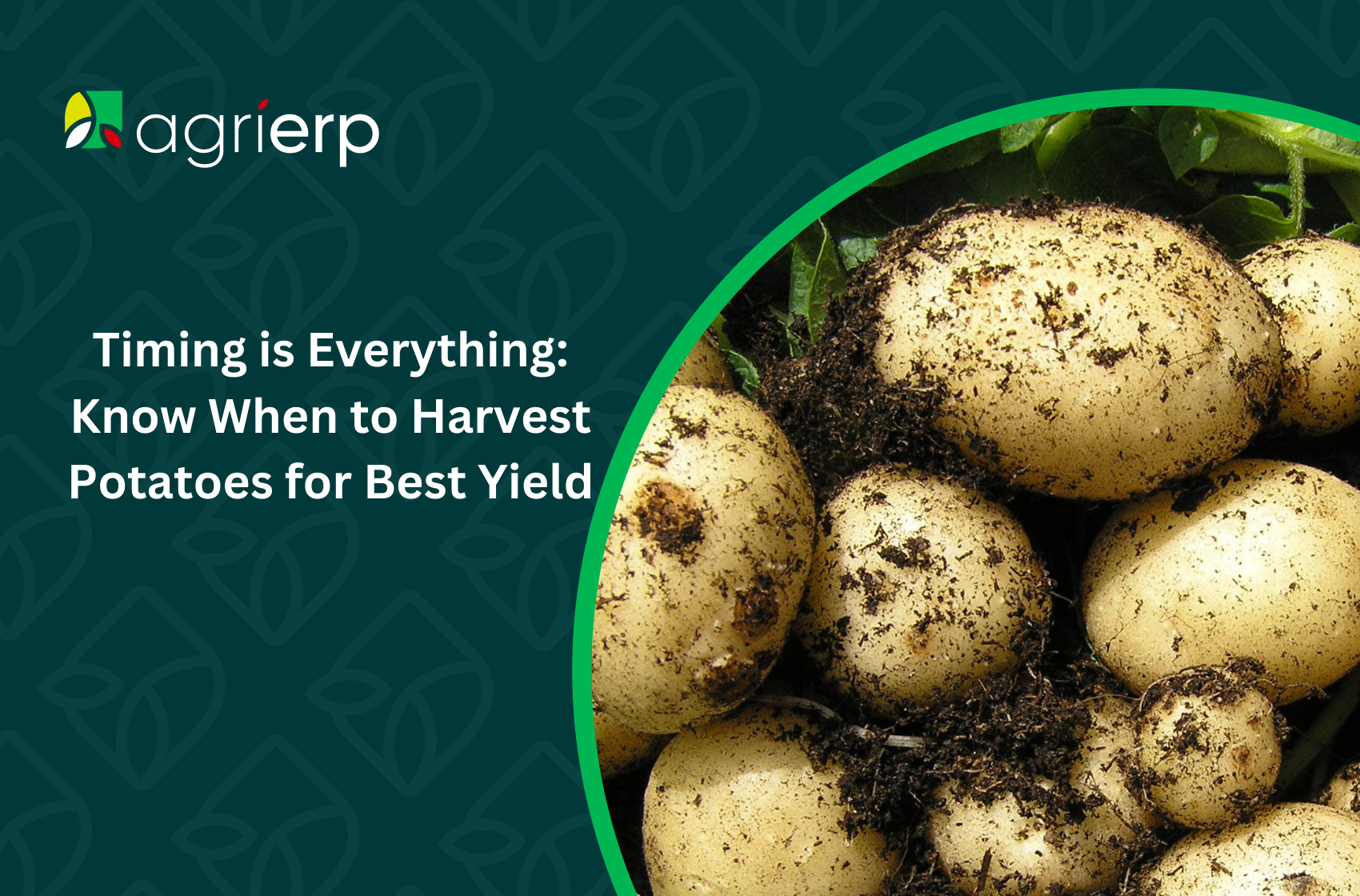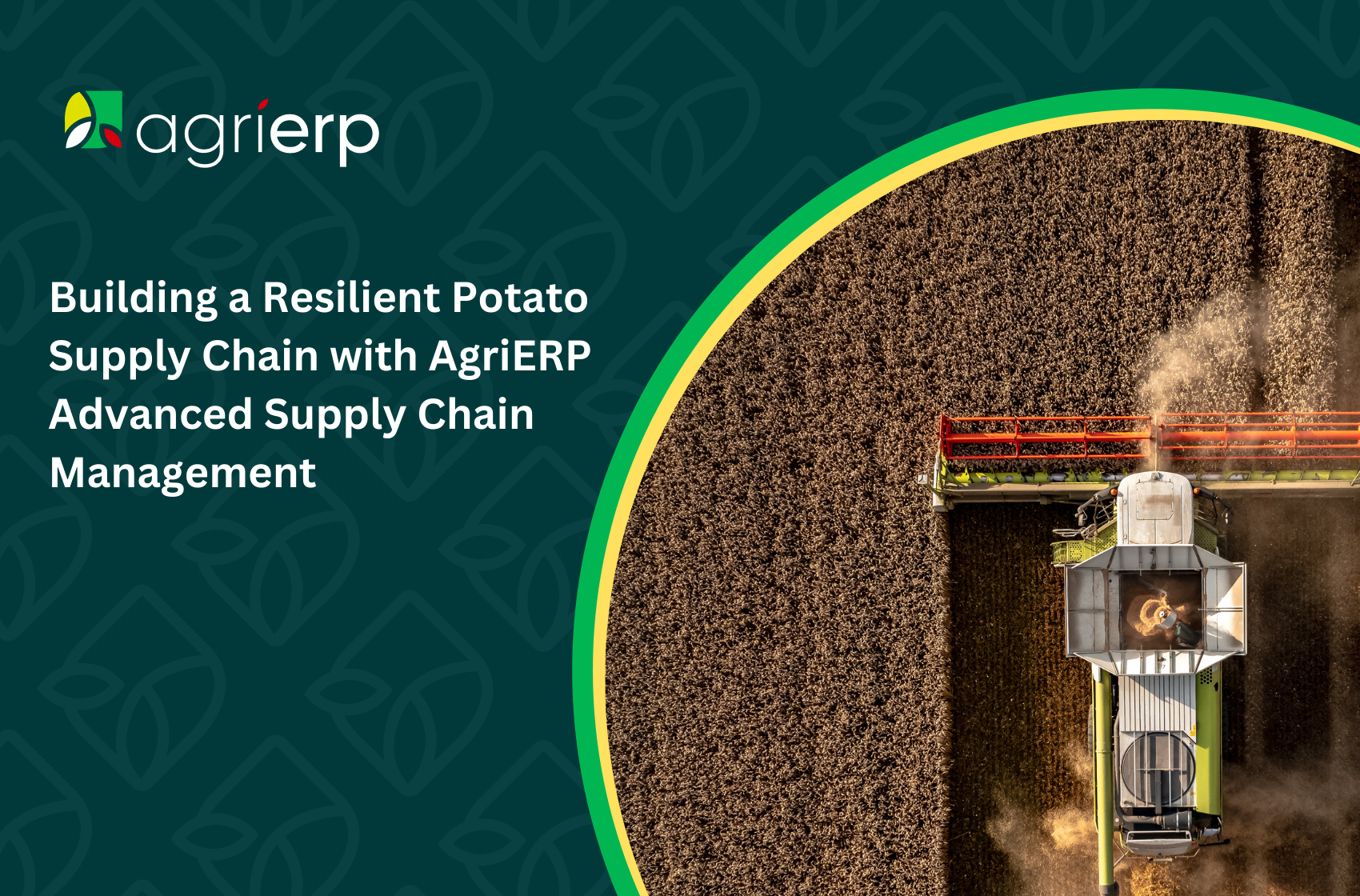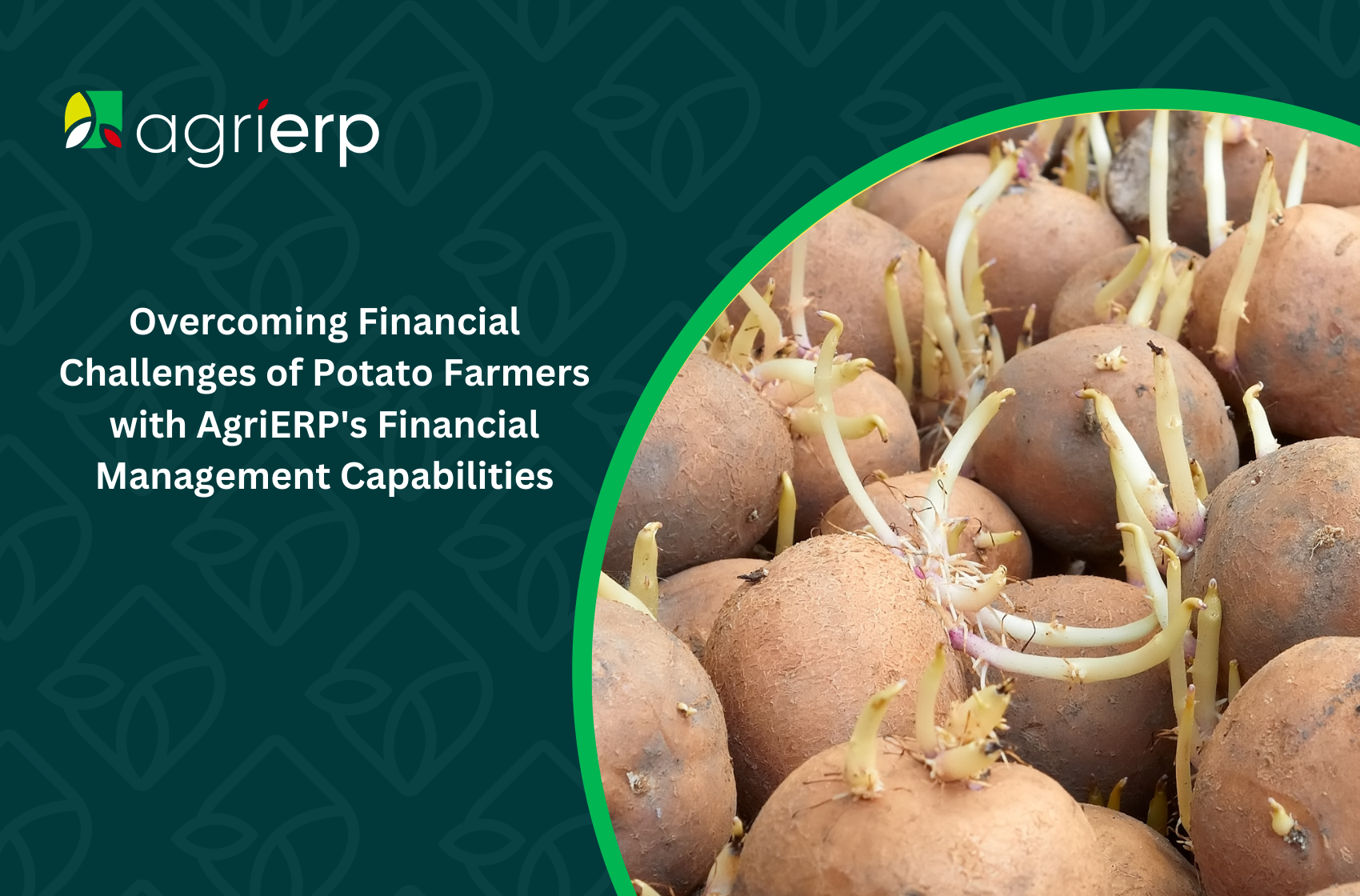In the day-to-day bustle of farming activities, one decision often stands between a bountiful harvest and a year of toiling lost – the timing of the potato harvest. Potatoes, the prolific tubers foundational in so many cuisines, secure a central role in the agricultural pursuit.
Yet, reaching their zenith requires precise timing, an understanding of plant biology, and a keen eye for the numerous factors influencing their growth cycle.
Welcome, farmers, garden enthusiasts, and agricultural technology aficionados, to a discourse on the art and science of harvesting potatoes at the optimal time. In this extended commentary, we will first explore the lifecycle of the potato plant, elucidating the critical junctures that define its readiness for harvest.
Then, we will dissect the plethora of factors influencing this decision, including the nuances of soil and the caprices of the weather. We continue by dissecting the subsequent impact on the potatoes’ quality and yield, before heading into the realm of technology, focusing on AgriERP, a digital ally that assists in navigating this complex process efficiently.
The Potato Plant Lifecycle
To grasp the essence of potato harvest timing, it’s paramount to comprehend the fascinating life stages of the potato plant. The lifecycle begins with seed potatoes that are cut into sections, each with an ‘eye’ or a sprout, and then planted in well-drained soil.
- Planting Time: The choice of planting period, typically as the soil starts to warm in spring, sets in motion the internal clock of the potato.
- Emergence and Growth: Within a few weeks, green shoots arise and the plant grows aggressively, fueling the production of tubers below the surface.
- Vegetative Growth: Leafy growth continues, particularly as the plant begins its flower production in response to longer days or high nitrogen levels.
- Tuber Initiation: Around the period’s midpoint, the plant invests energy into creating the ‘new generation’ by starting to develop tubers.
- Maturation and Senescence: At the close of the season, the plant reabsorbs nutrients from the foliage back into the tuber, fueling their starch accumulation which signifies the establishment of their yield.
These stages are crucial, for they pave the way to determining the timing of the harvest.
Signs of Readiness for Harvest
How do you know when your potato plants are ready for harvest? Observing the plant is key. Look for signs such as:
- Plant Maturity: The potato plant’s tops will naturally turn yellow and begin to dry out. Once this happens, the tubers stop growing and start to harden, a process known as setting the skin.
- Tuber Condition: Gently dig around the base of the plant to check the condition of the tubers. If they are the size appropriate to your variety and market, and if their skin appears appropriate for their growth stage, it may be time to harvest.
- Tuber Size: If you’re growing for the fresh market, you may harvest smaller, gourmet-sized potatoes earlier. For larger market potatoes or potatoes grown for storage, wait until the vines die back.
Factors Influencing Harvest Timing
The decision to harvest potatoes is a crossroad affected by a myriad of variables:
- Weather Conditions: A dry period before harvest eases soil prep and tuber drying. A wet harvest can damage the soil structure and lead to more disease problems in storage due to wet fields.
- Storage Type: If potatoes are to be stored, they should be harvested after the skins are set. This usually means 2 weeks after the plants die back.
- Market and Varietal Preferences: Specific markets and varieties may require earlier or later harvesting times to meet consumer expectations and storage capabilities.
- Soil Type: Lighter, sandy soils allow for easier harvest and more efficient drying which is beneficial for storage. Whereas, clay soils may require a drier season and longer growth period to ease harvesting.
The Impact of Timing on Potato Quality and Yield
Harvesting too early can lead to immature skins that don’t set properly, which can cause tubers to shrivel during storage. On the other hand, waiting too long risks late blight and other storage-related issues.
- Storage Life: The storage potential of harvested potatoes is greatly improved when harvested at the proper time. Properly mature potatoes store better and have a longer shelf life.
- Tuber Size: Harvest size directly impacts market value. Harvesting too late can result in oversized tubers that may not be suitable for certain markets.
- Yield: Harvesting at the peak ensures the most optimal yield, both in quantity and quality. Under or over-mature tubers will not yield as expected.
By being attuned to the plant’s growth, you can ensure a better quality harvest.
How AgriERP Assists in Timely Harvest
In this digital age, the farmer’s hand is no longer bound to the soil; it finds a parallel in the algorithms and analytics provided by AgriERP. This platform offers a suite of tools to guide and monitor the potato’s progress, including predictive models that suggest when your crop is likely to mature based on real-time and historical data.
AgriERP’s advanced features in helping determine harvest timing include:
- Growth Monitoring: Real-time monitoring of the plant’s growth, which can help predict the likely date of tuber maturity.
- Weather Integration: AgriERP integrates weather forecasts, warning systems, and analytics to help farmers make informed decisions about the best time to harvest given prevailing weather conditions.
- Historical Yield and Quality Data: This tool allows for a flexible approach to harvest timing, helping farmers adapt it according to past performance and market needs.
Implementing AgriERP in Potato Harvest Planning
Deploying AgriERP in potato harvest planning means you’ll be equipped with a streamlined, data-driven approach to decision-making. It’s not merely about pinpointing a date on the calendar; it’s about orchestrating the entire process.
- Field Planning: Using AgriERP to plan your fields, you can ensure that you have the labor and equipment available to harvest at peak time.
- Quality Control: AgriERP’s suite of quality control tools empowers you to not just harvest at the right time, but to ensure that harvesting, handling, and storage are done in a quality-focused manner.
- Logistics Scheduling: With AgriERP’s logistical scheduling tools, you’ll optimize your harvest operations by coordinating activities in ways most beneficial to yield and quality.
Conclusion
The potato harvest is a climacteric moment in agriculture. With fears of frostbite or rot, and the bounty of the harvest as the reward, an intelligent approach is essential. This narrative has only touched the tip of the spud-laden iceberg. The complexity of soil management, the delicacy of potato handling, and the art of quality control add layers to the potato harvest that cannot be overlooked.
A decisive conclusion arises—timing is, indeed, everything. By harnessing the potential of AgriERP, farmers can synchronize their actions with nature’s symphony, ensuring a harvest that not only fills the silos but betters them.
For those engaged in the noble endeavor of potato farming, and for the broader tapestry of agriculture, the call to action is clear. Venture into the digital frontier with AgriERP at your side.
Explore its comprehensive suite of functions and envision a future where the potato harvest is not just a labor-intensive activity but a delicately balanced interplay of timing, precision, and yield. Your potato plants are piano keys; work with AgriERP to play their song beautifully



